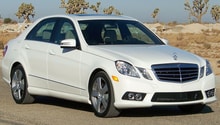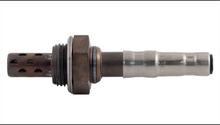Mercedes-Benz E-Class and E-Class AMG: Why is My Car Losing Power?
A loss of engine power can really take the pep out of your E-Class' step. Most engine related problems will be picked up by the engine's computer and notify you of the issue via the check engine light. However, in certain cases, your engine may feel groggy without the presence of a check engine light. In this case, examination of several maintenance items and failure-prone components can get your car back up to snuff.
This article applies to the Mercedes-Benz E-Class and E-Class AMG w211 (2002-2009).
Modern Mercedes vehicles use a sophisticated network of computers and sensors to monitor engine performance. When a problem arises, it is usually quickly identified by the on-board computers, and if severe, illuminates a check engine light. While most problems can be determined using a scan tool, some may sneak under the radar and cause your car to lose engine power without triggering a check engine light. There are several basic components that are associated with a loss of engine power on w211 E-Class and E-Class AMG models. If your car does not have a check engine light on but is lacking its usual pep, examination of the components mentioned in this article may cure your elusive engine power problem.

Materials Needed
- Scan tool
- Metric wrenches and sockets
- Torx drivers
- Ratchet and extensions
Step 1 – Check the air filter(s)
One of the first areas to investigate when experiencing a loss of engine power is the engine air filter(s). For efficient combustion, the engine needs to maintain a proper air/fuel ratio. A restricted or dirty air filter will cause the engine to work harder to pull in the required amount of air to maintain this ratio. Similarly, the engine's computer may have to reduce the fuel trims to compensate for less air being ingested. The result is an engine that will feel a bit groggy and experience poor fuel mileage. Before worrying too much about a major engine component causing the poor performance issue, check your air filter(s).
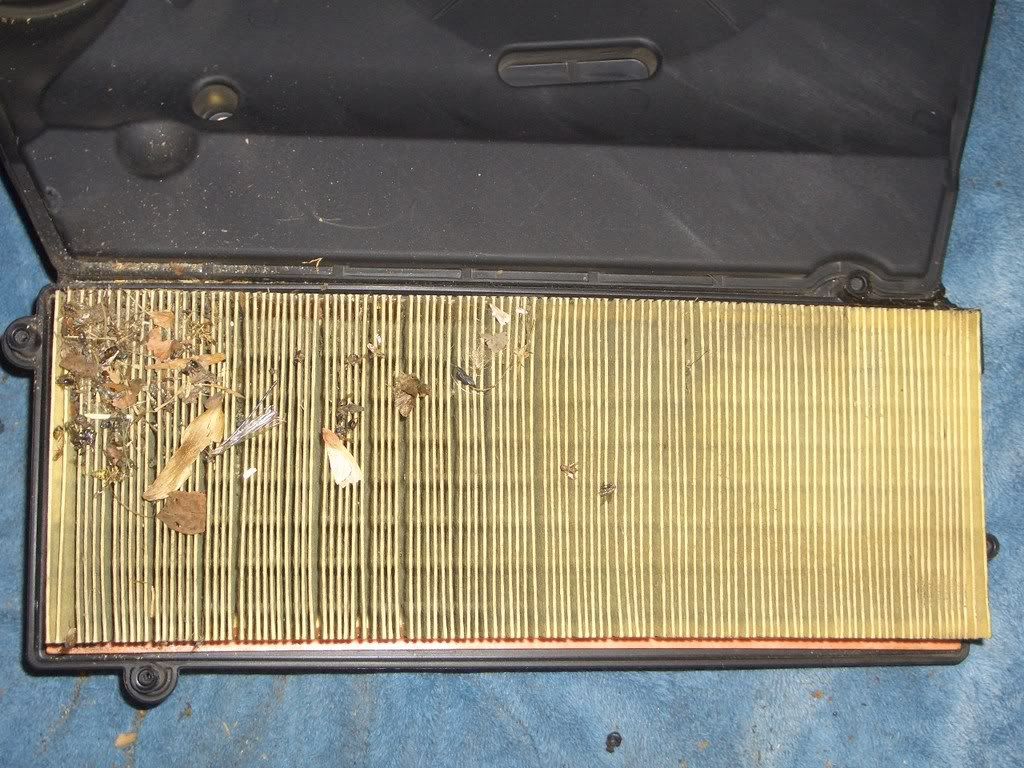
Pro Tip
The design of the air intake on various w211 models provide impressive air flow to the engine; however, they have been known to trap a lot of dirt and debris that can prematurely restrict the air filters.
If the engine has proper air flow, move on to the following step.
Step 2 – Check the O2 sensors
As more miles are added onto a vehicle and the car ages, so do the oxygen sensors. The O2 sensors are perhaps one of the most crucial components of modern day fuel injection systems. The upstream (pre-catalytic converter) sensors monitor the exhaust gases to relay this information back to the engine's DME for fuel trim and timing adjustments. Aging oxygen sensors can become lazy and slow to measure changes in the exhaust gases. As a result, engine performance and fuel mileage will suffer. If your car is approaching the 75k to 100k miles mark, it may not only be a good idea to replace your O2 sensors as preventative maintenance, but otherwise may also cure sluggish engine performance.

If your car has low miles or the O2 sensors are in working order, move on to the following step.
Step 3 – Check for bad fuel quality and the fuel filter
-
A bad batch of fuel has been known to cause performance issues. Typically, poor fuel quality can result in pinging, detonation, or engine knock. The engine's knock sensors will pick up on the frequency associated with this abnormal combustion process and retard the timing to prevent the knock. In severe cases, this can illuminate a check engine light. Try fueling at a different gas station than you would normally go to, and see if the problem persists with a different brand of fuel.
-
With the fuel filter being located inside of the fuel tank in w211 E-Class models, it is considered by some to be non-serviceable and is often overlooked. While this in-tank filter setup generally has a longer maintenance interval than a traditional in-line filter, it still needs to be serviced. A dirty fuel filter can reduce fuel flow that will gradually rob your engine of power and can even cause hard starting issues. If your E-Class has high mileage without record of the fuel filter being changed, it may be the culprit to your car's power loss problem.
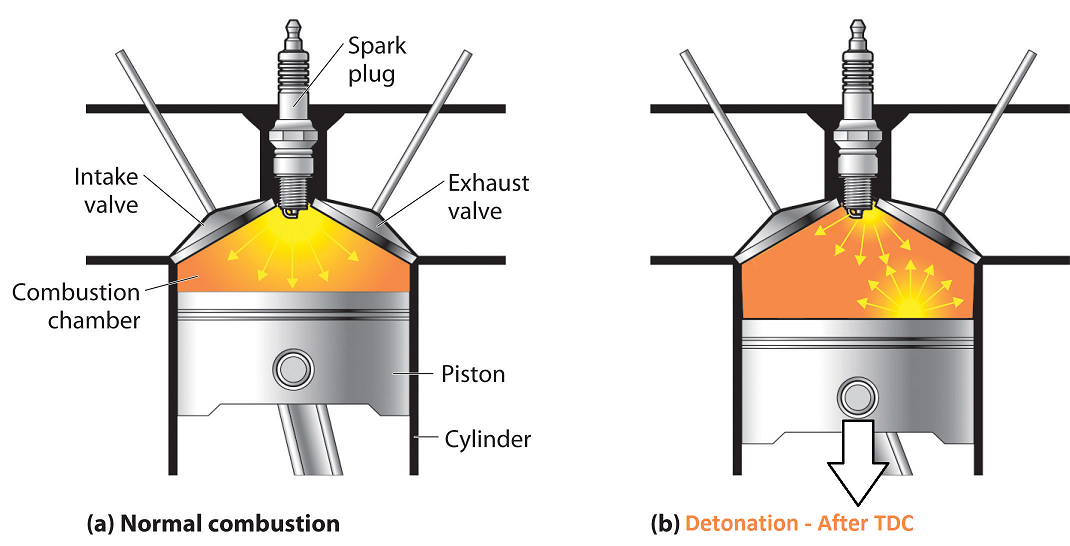

If the fuel brand and fuel filter are not causing the loss of power, move on to the following step.
Step 4 – Check the exhaust system
-
Exhaust leaks are potential sources for a loss of power. Depending on the area that the exhaust is leaking, a moderate loss of power will be noticeable. Exhaust leaks near the exhaust manifold are most severe, allowing exhaust to escape and fresh air to be taken in. The result is a drop in exhaust gas temperature and reduction of speed in which the exhaust gases exit the cylinders. This disruption virtually causes a traffic jam of exhaust gases because the exhaust cannot be properly scavenged from the cylinders, and a loss of power occurs. Exhaust leaks further down the exhaust system are less severe, but they can also alter the air/fuel mixture readings of the O2 sensors and cause engine performance issues. An exhaust leak will often be accompanied by a ticking noise. Additionally, you may be able to smell a pungent exhaust odor if the leak is occurring somewhere before the catalytic converter.
-
An additional area of the exhaust system that can reduce engine performance is a partially plugged catalytic converter. While not as common on modern Mercedes cars, the catalytic converter(s) can become plugged or melted from a variety of engine tuning issues. The restricted catalyst element will cause excessive exhaust back-pressure and not allow the engine to rev freely. This problem will typically arise only if the car has been driven excessively with an illuminated check engine light that's indicating a problem with the air/fuel mixture, timing, or misfiring spark plugs. In this case, the catalytic converter may have become damaged and the engine may run poorly even if the other engine problems are corrected.
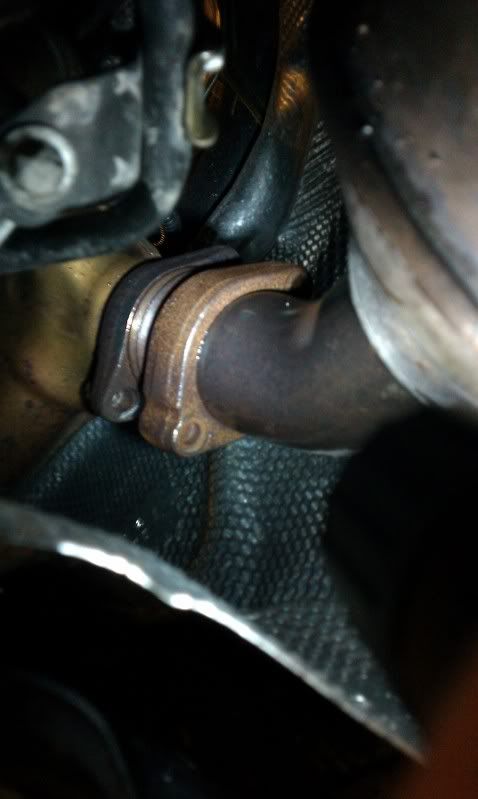
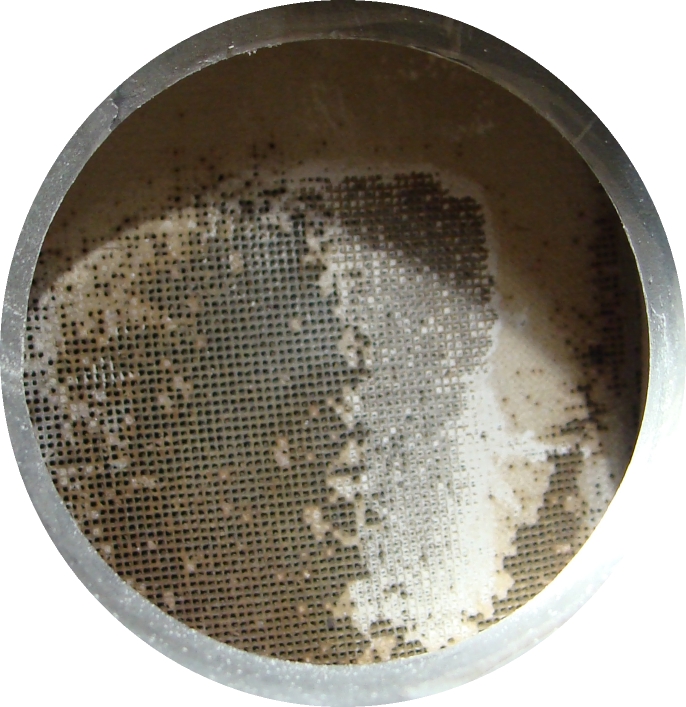
Step 5 – Supercharger or turbocharger?
-
Models equipped with a supercharged engine have been known to have supercharger related engine performance issues. First, and perhaps the most common issue, is heat soaking of the supercharger. Spirited driving can cause the supercharger to overheat and the engine DME to dial the power back to ensure detrimental damage does not occur. This can sometimes be related to a fault in the intercooler or intercooler pump. Additionally, owners have experienced a broken supercharger belt that rendered the supercharger inoperative. Some individuals have also had their supercharger pulley bearing fail, but this will be accompanied by a growling or grinding noise at the pulley.
-
Diesel models equipped with turbochargers have developed boost leaks that have resulted in power loss. Pressurized air leaving the turbocharger's compressor housing is forced through the intercooler and back into the engine for more power. The path that this pressurized air travels is supposed to be free of leaks; however, many owners have experienced leaks in the piping that allows precious boost pressure to escape. The reduced boost making its way into the engine will typically limit power without triggering a check engine light. A massive boost leak can have a whistling or hairdryer-like noise, especially under heavy acceleration.


Pro Tip
Although a supercharger is compact and sits atop the engine, it can also experience a boost leak in a similar fashion to a turbocharged engine.
Related Discussions
- Holy Dirty Air Filters Batman! - MBWorld.org
- Do Not Overlook Your Fuel Filter - MBWorld.org
- Sudden Power Loss E55 AMG - MBWorld.org
- Poor Gas Mileage - MBWorld.org
- Exhaust Leak...Why Do You Lose Power? - MBWorld.org

